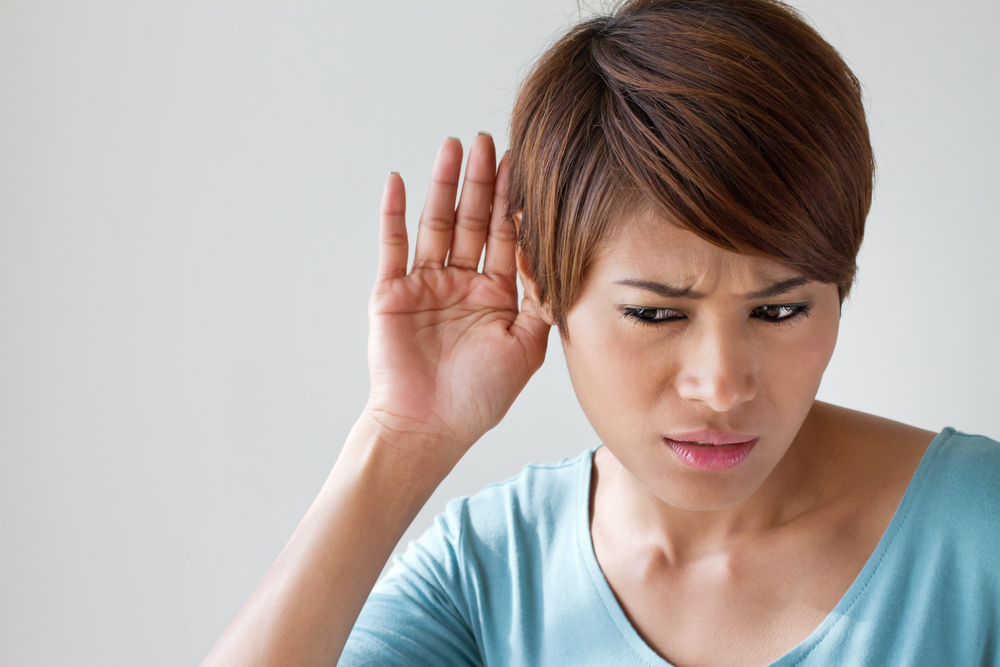Hearing, sight and physical mobility are the basic requirements for a normal life. Of the three, deficiencies in hearing are likely to remain unrecognised. In India, 6.3 per cent of the population suffers from some hearing impairment; of these, 2.5 per cent are children.
A child may be born deaf if the mother had a viral infection such as cytomegalovirus or rubella (German measles) during pregnancy. It can also occur in preterm infants, those with low birth weight or jaundice. Better antenatal care can prevent these cases. Sometimes, deafness can be familial. It may be an isolated chromosomal defect or associated with other problems such as kidney disease.
An infant can have impaired hearing because of deformities or blocks in the external ear, abnormalities in the bones of the inner ear or a defect in the vestibular nerve, which carries sound signals to the brain.
In childhood, an ear infection (otitis media) may perforate the eardrum. Recurrent infections can damage structures of the middle ear. This is more likely to occur in bottle-fed children, especially if they are put to sleep while sucking one. The milk can enter the middle ear through the eustachian tube, which connects the throat and the ear.
In older children, measles and mumps can cause permanent hearing loss. There may be a build-up of wax that can block the external ear. Do not use an ear bud to clean the wax; it can push the wax further in and damage the external ear canal or tympanic membrane. Instead, use wax-dissolving eardrops.
The middle ear has fine hair called cilia, which vibrate in response to sound. Older children can damage the cilia by continuously using earphones (especially the in-ear earbuds; over-ear models are safer). They are also damaged in young adults who work in a noisy environment.
Hearing deteriorates with age. Around 30 per cent of adults above 65 years have some hearing loss. This increases to 50 per cent after the age of 75. This presbycusis makes it difficult to distinguish words and hear whispers. The television has to be turned up loud.
Hearing impairment makes it difficult for children to achieve academic excellence even if they are intelligent. In adults, it contributes to social isolation and the early onset and rapid progression of dementia.
Hearing aids can be used at all ages. Congenitally deaf children can have cochlear implants around the age of one. Adults whose hearing does not improve with hearing aids can also opt for cochlear implants.
To prevent hearing loss:
- Women should be immunised against measles, mumps, rubella (MMR) and chickenpox
- An expectant mother should not take medication that can affect the foetus
- Avoid bottle-feeding a baby. Breastfeed or use a cup and spoon. Position the baby at a 45-degree angle.
- Most bacterial ear infections in children can be prevented with H. Influenzae and pneumococcal vaccines.
- Avoid loud sounds
- Stimulate your vestibular nerve by blocking both ears with your forefingers and humming for 2-3 minutes every day.
The writer is a paediatrician with a family practice at Vellore and the author of Staying Healthy in Modern India. If you have any questions on health issues please write to yourhealthgm@yahoo.co.in











